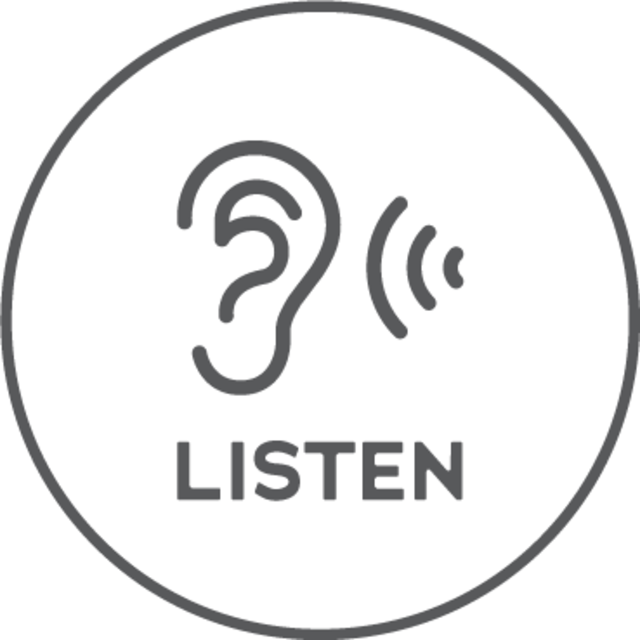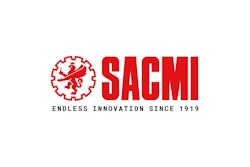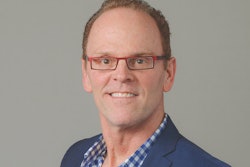PW:
Marketplace, which is a division of Minnesota Public Radio, hosted by Kai Ryssdal, and airs on NPR, is kind of a big deal in the world of radio. How did you get involved with this interview?
Matt Reynolds:
It was accidental to be honest, but if I had to point to one reason they became interested, it’d be good SEO for our Packaging World website. Marketplace producers were researching topics like sustainability and e-commerce, both topics that we should rank highly for based on our coverage area. And when producer Maria Hollenhorst was doing Google searches on these topics, it led her to one of my articles.
The way she described it to me, once she was on PW’s website, it was one of those moments where a thriving, dynamic world was revealed to her that she hadn’t really considered before. And that’s where packaging lives in the consumer mind, it’s part of the fabric of everyday life, but so often overlooked and hiding in plain sight. With sustainability and the pandemic-based boost of e-commerce, packaging is more frequently coming into focus.
PW:
Was Marketplace looking for specific information on post-COVID packaging changes, or did the topic evolve organically during your talk?
Matt Reynolds:
As a journalist, I often find myself so new to a subject that I don’t even know what to ask. I think Maria felt a little of that. And by the same token, I wasn’t sure what to serve up to her that would resonate. But she definitely set parameters for what she knew her audience would be interested in. I remember excitedly telling her about a breakage and returns rate stat around e-commerce that I found fascinating, but she quickly sniffed it out as not being of interest to the average listener. So it was a great collaboration between the two of us, with me sending up weather balloons of topic ideas that I found interesting and illustrative of our packaging industry, and Maria providing a litmus test for what might and might not be of interest to her audience. This helped narrow the field of topics, and by the time I got on the line with Kai Ryssdal, they were more clearly delineated.
PW:
Your interview ended up being just shy of 5 minutes. Was there anything left on the cutting floor that you thought was interesting?
Matt Reynolds:
Plenty, but I think the 5-minute cut captured the tone of the longer conversation sticking with really big picture trends rather than the granular minutiae. I know I had planned on bringing up Smart and Active packaging with Kai, and the Moore’s law effect the price of printed sensors going down, but it totally slipped my mind. That may have been interesting to consumers.
During the conversation, I was eager to illustrate the trends I was explaining with real-world, commercial examples from big brands like Unilever and Hershey (in part to demonstrate that I wasn’t just making things up). But those didn’t seem to be necessary to move the narrative forward. Oh well, if anyone asks, I can back up my predictions and observations with plenty of examples.
PW:
Let’s get to the interview...listen or read below.
 | Read this story below... |
Ryssdal:Reynolds: That’s exactly what people are noticing. And I would say cardboard has increased based on, you know, the, the single-unit size, but there’s a mountain of packaging that exists in retail and food service as well. It’s just hidden in the back room, and the consumer doesn’t see that. Well, I was watching a commercial, might have been an insurance commercial, the other day where they have the “strongest man in the world” breaking down boxes for somebody, so it’s captured the zeitgeist a little bit in that people are aware of packaging, and as such, they’re asking brands to be more aware of it and address sustainability as a function not only of the product contained in the container, but of the container itself.
Ryssdal: I wonder if packaging is an industry ripe for disruption. How might that play out? Just spitball that for me.
Reynolds: Yeah, well, lot’s going on. I mean, we’ve all had the experience of ordering one toothbrush that comes in a box that could hold 20 toothbrushes, and Amazon is working right now quite hard to address this. There’s an acronym — sorry, this is industry lingo — but it’s called SIOC, and the acronym stands for “ships in own container.” The first splash actually happened before the pandemic, Procter & Gamble, that came out with the Tide Eco-Box.
Ryssdal: Sorry, just, just to drill into this SIOC thing for a little while. So I don’t have to open up a box to get my box of whatever it is? The container that it’s contained in, is the shipping container as well?
Reynolds: Exactly. So basically, what was happening is a brand was creating, you know, whatever it might be, Tide, for a retail shelf, and then if somebody wanted to use that in the [e-commerce] channel, well, then you take that item that’s been optimized for a retail shelf and then you have to figure out a way to put it in a three-dimensional square box and give that to somebody without leakage, without any breakage or anything like that. So what we’re seeing brands do with SIOC is to optimize a second set of packages, not for retail, not for food service, but for e-commerce specifically. You mentioned disruption. There’s a couple of brands right now that are setting up these packaging starter kits, where you pay a little bit more upfront for a subscription service where you initially receive a durable package, say a spray bottle for your kitchen sink or whatever that might be. Now you’ve got this beautiful, durable and reusable packages that are just refillable over time.
Ryssdal: Before we turned on the microphone, you were talking to me about PACK EXPO, which I guess is going to be in September. And I wonder what you’re expecting to see on the convention floor [at] that big packaging expo, as all y’all and the rest of us come out of this pandemic.
Reynolds: Yeah, it’s PACK EXPO Las Vegas in late September. Packaging was too efficient. Everything was done “just in time,” everything was done without having to keep inventory. I think one of the big lessons learned for brands is that they need to build a little slack into the system to be able to withstand some of these shocks. At the same time, I think you’ve had a lot of pent-up innovation because brands have been just struggling to keep up. I think we’re gonna see a lot going forward at PACK EXPO about packages that are optimized for their specific channel instead of one-package-fits-all, so watching that come together over the coming years is going to be interesting.
PACK EXPO Las Vegas and Healthcare Packaging EXPO (Sept. 27-29, Las Vegas Convention Center) will reunite the packaging and processing community, offering new products, technologies and solutions, while implementing up-to-date protocols for a safe and successful in-person event. Attendee registration is open.




























